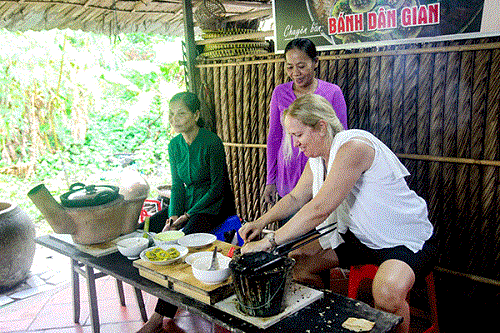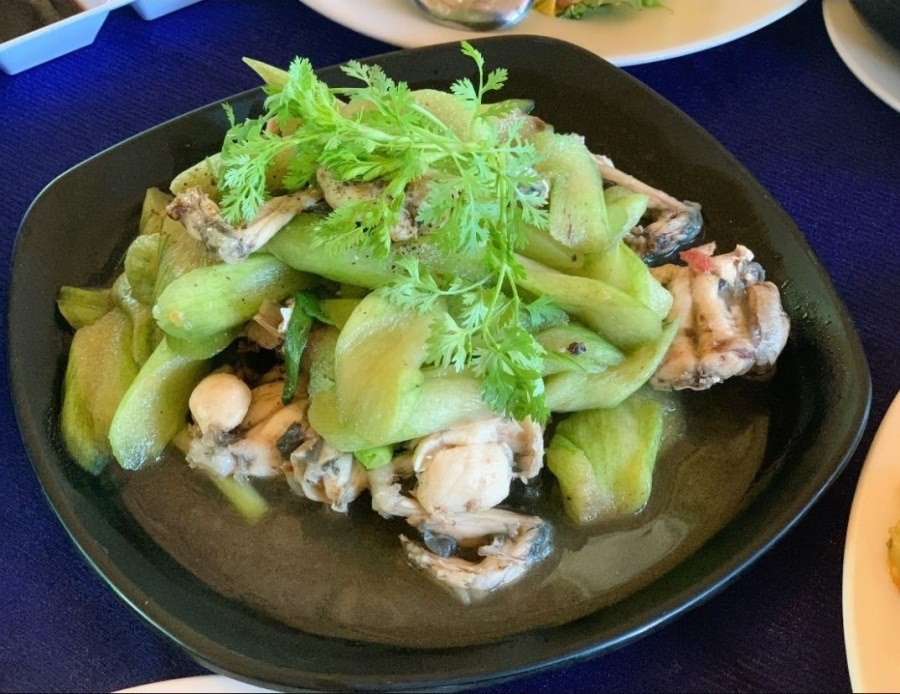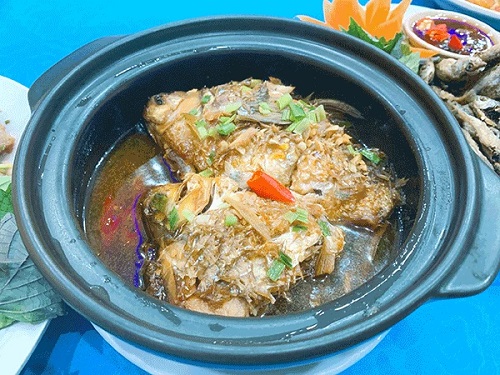
Community-based tourism appeared in the 1970s and until now has developed widely in most continents, especially in rural, ethnic minorities, and mountainous areas in Africa, Latin America, and Asia. Community-based tourism often takes place under the popular forms of ecotourism, cultural tourism, agricultural tourism, indigenous tourism, and village tourism. What special about this tourism type is that the locals directly participate in organizing, managing, and operating tourism activities based on exploiting the unique features of the indigenous culture, history, and natural landscape, etc. Community-based tourism is being considered as a type of tourism that brings the most sustainable economic development benefits to indigenous people with spiritual and material values far beyond conventional tourism.
Expansion and proliferation
Community-based tourism in Vietnam appeared in the 1990s in a number of provinces such as Hoa Binh, Lao Cai, Quang Nam, and has now expanded throughout the country. 2015 - 2020 is the period when community-based tourism activities develop rapidly and become popular in many localities. By 2020, community-based tourism has proliferated in about 300 villages, wards, and hamlets in Vietnam.
Generally speaking, Vietnam has many favorable conditions for community-based tourism development thanks to the wonderful natural landscapes, cultural diversity, rich and appealing gastronomy from many regions, pleasant climate as well as friendly people. According to many experts, community-based tourism in Vietnam is considered a “gold mine”, promising to bring a large sum of money to the country's tourism sector and its people. In fact, this tourism model has proved its important role in developing sustainable tourism as well as preserving cultural values, craft villages, and creating jobs for the community.
For example, the Northwest region is home to a unique terrain and climate. Specifically, it has pure and unspoiled nature, majestic mountains, together with immense rice fields that create beautiful landscapes and rich ecosystems. Besides, the diversity of lifestyles, customs, farming traditions, festivals, gastronomy, and music of ethnic minorities are very attractive to tourists. These are the factors that create the specificity of Northwest Vietnam’s community-based tourism. Ha Giang province is one of the fastest-growing localities in terms of community-based tourism in the Northwest region and Vietnam as there are currently 36 community-based cultural tourism villages.
The Mekong Delta has a lot of potential in terms of natural landscapes, historical and indigenous values of ethnic groups, rich culinary culture, unique customs, and lifestyles. These factors are the basis for the rapid development of community-based tourism. For example, Dong Thap province has built a variety of community-based tourism models, most notably in the districts of Lai Vung, Tam Nong, Thap Muoi, and the cities of Cao Lanh, Sa Dec. These community-based tourism models are gardeners growing specialty fruit trees such as longan in Chau Thanh, sweet oranges in Lai Vung, mangoes in Cao Lanh, lotus in Thap Muoi or tourism craft villages like ornamental flower villages in Sa Dec. It is this creativity that has formed tourist destinations in the garden or on the flower field, thus becoming attractive to tourists.
Can Tho city has many advantages to form and develop community-based tourism. Can Tho is blessed with amazing nature, pleasant climate, fertile soil, an interlaced system of rivers and canals, etc. Furthermore, the city has its own cultural characteristics, gradually asserting itself as the hub of the Mekong Delta. Specifically, Can Tho has Cai Rang floating market, Phong Dien floating market, Ha Chau Burmese grape garden, Vam Xang tourist garden, Bang Lang stork garden, Tan Loc islet, Son islet, and so on. Besides, there are many famous historical-cultural relics and monuments in Can Tho such as Binh Thuy Temple, Binh Thuy ancient house, Long Quang pagoda, Nam Nha Pagoda, Gian Gua historical relic site, Oc Eo cultural relic site, etc. Can Tho also has intangible cultural heritages such as Don Ca Tai Tu (Southern Folk Music), Ho Can Tho (Can Tho Chantey), Ky Yen Festival in Binh Thuy communal house, and the like. Moreover, Can Tho has many traditional craft villages namely Thuan Hung rice paper village, Thom Rom fishing net weaving village, Thoi Long bamboo trap knitting village, Ba Bo ornamental flower village, etc.
However, Can Tho city has only 3 prominent community-based tourism clusters namely Son islet in Bui Huu Nghia ward (Binh Thuy district), a community of fruit gardens in Phong Dien district, and Tan Loc islet in Tan Loc ward (Thot Not district). The common characteristics of these models are based on indigenous resources such as fruit-laden orchards, fish ponds, rivers, wharves, home-style food, Southern folk music, etc.
Searching methods to create connectivity
Community-based tourism is considered the bright picture of Can Tho tourism industry. However, researchers and experts in the field of tourism have pointed out the main “bottlenecks” that prevent this type of tourism from developing commensurate with the potential of Can Tho. It is the lack of connectivity, poor quality of human resources, limited tourism promotion capacities.

Sa Dec village of ornamental plants and flowers attracts many tourists. Photo: VNA
The lack of connectivity, also known as “work at one's own discretion and preference”, between tourist destinations generates overlapping tourist activities and creates similar tourism products that make tourists boring. The lack of connectivity at the macro level hinders the connection between stakeholders: tourist destination - tour operator - transport company.
The quality of human resources is poor due to the limitation in personal capital, as well as the lack of well-invested human resources. Most of the staff serving at tourist destinations are family members, in the form of “homegrown” instead of hiring skilled workers. In addition, there is a lack of information and instructions in several community-based tourism sites in Can Tho, thereby hindering the brand building for Can Tho tourism.
Can Tho as well as many other localities across the country share the same difficulties in building community-based tourism because Vietnam currently does not have the specific standards for this tourism model. As a result, community-based tourism attractions continue to grow despite the lack of organization and general guidance. The formulation of a national strategy is to promote the systematic, effective and sustainable development of community-based tourism activities has not yet been completed. Most of the community-based tourism models or activities are spontaneous or supported by local authorities or international organizations. Therefore, it is short-term and difficult to deploy this tourism model on a large scale. The general solution for this issue is to build a program, plan, and even a strategy to support the community-based tourism development, from resource assessment, product development, market research as well as tourism promotion.
Facing the lack of connectivity of community-based tourism in Can Tho city, Mr. Nguyen Khanh Tung, Director of the Department of Culture, Sports and Tourism of Can Tho city, said: “The city of Can Tho needs a “conductor” that can take on the management role to connect every subject participating in the tourism chain, direct the provinces, cities to develop community-based tourism suitable with their own characteristics, avoid overlap as well as duplication. The “conductor” will be elected by the community and operate on a self-governing mechanism. Specifically, we also need supervision and support from the government and local authorities in the general development orientation, policies on loans, vocational training, etc. In addition, to ensure the close association between the subjects, it is necessary to be based on the binding of responsibilities, as well as the balance of interests of the parties”.
The mission of community-based tourism is to offer tourists experiences in terms of local life and indigenous cultures. However, as it becomes a tourism product, it is necessary to comply with several conditions and regulations to ensure harmonious and sustainable development. Therefore, local authorities need to have a methodical, scientific and practical development plan and orientation. Furthermore, it is crucial to create a basis for developing appropriate policies, upgrading infrastructure, supporting people to develop tourism professionally by opening training courses to acquire skills and knowledge in the field of tourism. Other important elements are building solidarity and unity in the community, actively diversifying additional services, expanding linkages with other localities to effectively exploit the available potential, as well as strengthening tourism promotion, etc.
Source: Can Tho Newspaper - Translated by Hoang Dat












